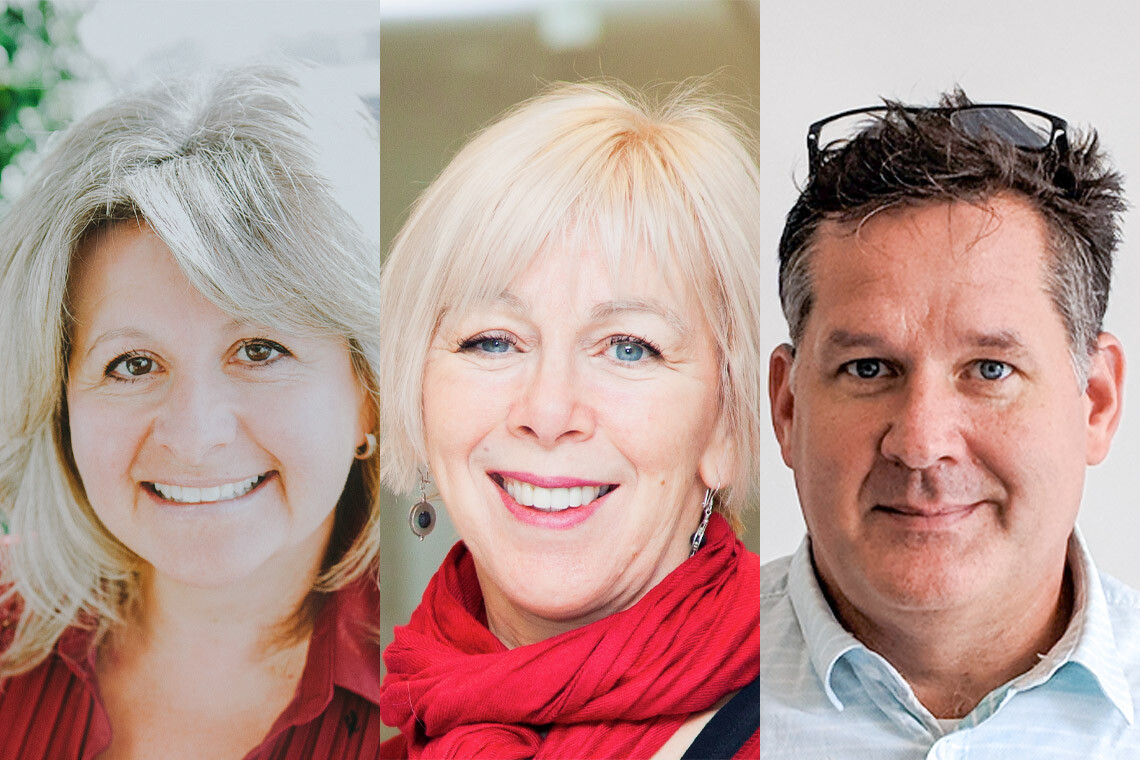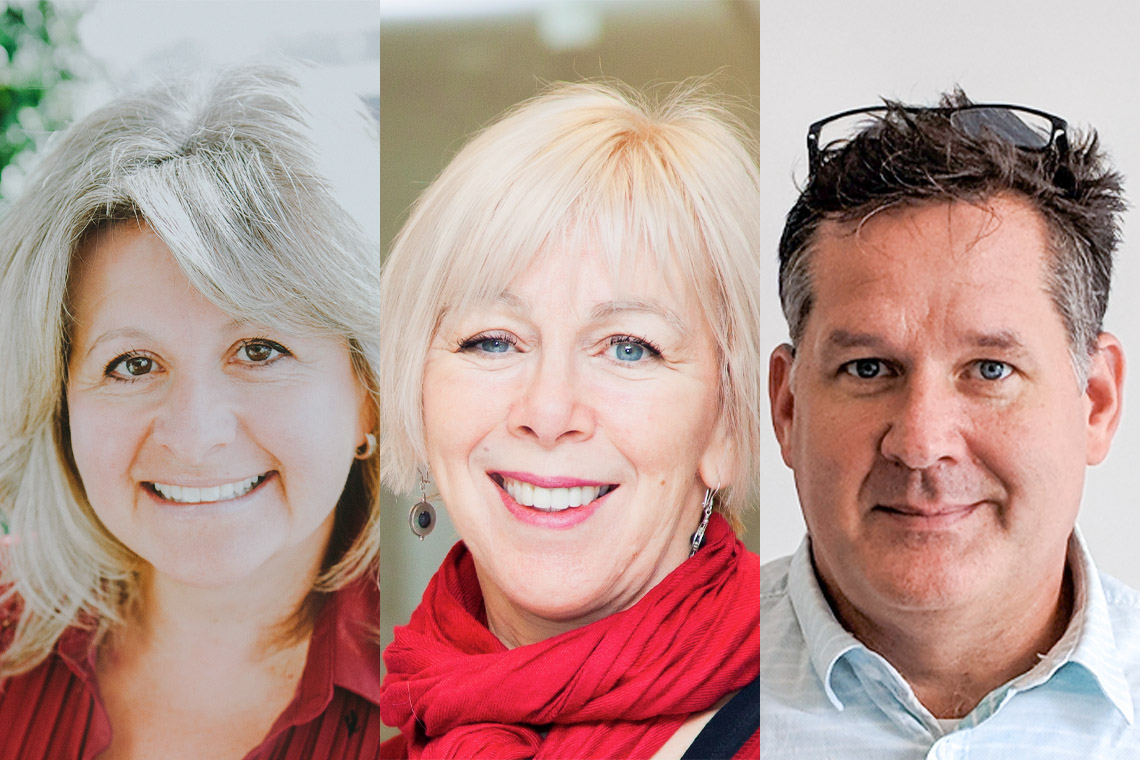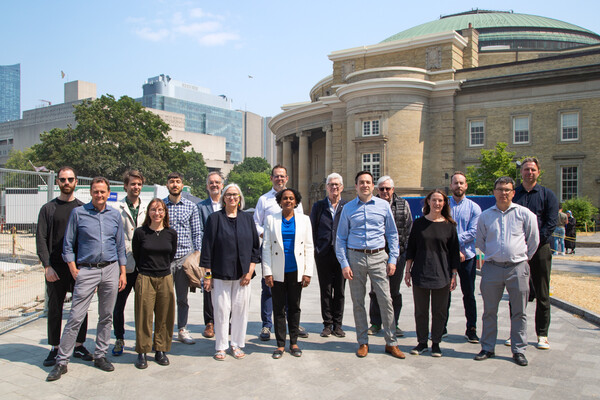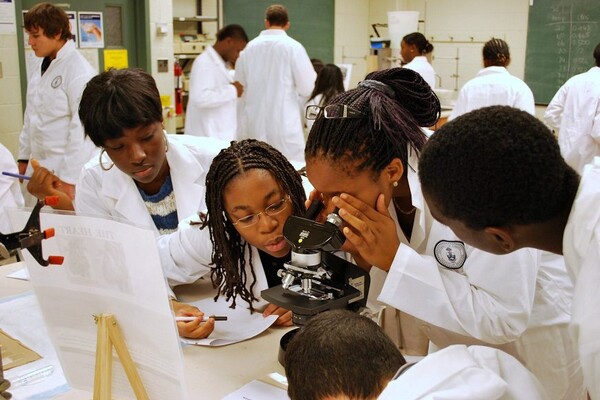Main Second Level Navigation
Breadcrumbs
- Home
- News & Events
- Recent News
- U of T and SickKids Researchers Use Common Diabetes Drug to Stimulate Repair of Brain Cells
U of T and SickKids Researchers Use Common Diabetes Drug to Stimulate Repair of Brain Cells

Julie Crljen

Metformin, a common drug used to treat diabetes, may one day be used to repair brain injuries, a study by researchers and clinicians from the University of Toronto and the Hospital for Sick Children (SickKids) has found.
“No one’s actually shown before that you can take a drug where there’s a known mechanism on endogenous stem cells and demonstrate that it’s even possible to induce brain growth and positive recovery,” says Donald Mabbott, program head and senior scientist in the neurosciences and mental kealth program at SickKids and an associate professor of psychology at U of T.
Mabbott is co-author of a study published in Nature Medicine this week. He says metformin is a potential game-changer in terms of how childhood brain injury is treated.
“We’re really moving from a model that says ‘let’s help children manage and compensate for their injury,’ to ‘let’s actually treat the injury itself in an active way by harnessing the brain’s own capacity for repair,’” says Mabbott.
The published research showed that metformin has positive sex-dependent effects on neurogenesis, which is the process of growing neurons in the brain, and cognition in animals, while also demonstrating that it is safe to continue into a Phase 3 clinical trial on humans. The human participants in this study were pediatric brain tumour survivors who had received cranial radiation.
“This study is so novel compared to most studies because it looked at both animal models and human participants. And we found these really consistent and interesting effects in terms of memory and brain recovery,” says study co-author Cindi Morshead, a professor at U of T’s Donnelly Centre for Cellular and Biomolecular Research and chair of the division of anatomy in the department of surgery in U of T’s Faculty of Medicine. “This pre-clinical work in animal models will inform the design of the new study, currently in place, to help the brain recover from injury.”
Morshead, whose work is funded by Medicine by Design, says that she is excited not only by the promising results of the study, but also by the way its novel design encouraged clinical translation.
“There’s a lot of history of pre-clinical models not working – drug therapies that go to the clinic and then don’t make it to the next phase. That can be devastating for a lot of reasons. But I think, in us combining human and animal work, it really promoted the translation of this work into human testing,” Morshead says.
Medicine by Design provided crucial support for the study. In a past multi-disciplinary project led by Gary Bader, a professor at U of T’s Donnelly Centre and the department of molecular genetics in the Facult of Medicine – and also involving Freda Miller, a senior scientist in the neurosciences and mental Health program at SickKids and a U of T professor of molecular genetics, and Morshead, both co-authors on the Nature Medicine publication – the team mapped brain development over time using single cell genomics. Insights into the circuits that control brain tissue growth led to the identification of compounds that can stimulate resident stem cells to promote brain tissue repair, including metformin.
“I am so excited by this paper since it describes a potential endogenous stem cell-based therapy for brain disorders that are currently untreatable,” says Miller. “And, just as importantly, the metformin story provides a classic example of why we need to support basic research, and why working in collaborative teams is essential. The original finding that metformin recruits endogenous brain stem cells came from fundamental studies on how stem cells build the brain developmentally, and then it was moved forward to animal models and humans by highly interdisciplinary scientists and clinicians like Dr. Morshead and Dr. Mabbott.”
Miller is continuing her work to develop endogenous repair strategies for both brain and muscle in another Medicine by Design-funded team project.
At the core of Medicine by Design’s team projects is convergence – bringing together experts from a range of disciplines including stem cell biology, computational science, biomedical engineering and clinical medicine. The Nature Medicine study exemplifies the translational impact that a multi-disciplinary team-based approach can have, particularly when pre-clinical and clinical studies are run in parallel.
This study presents important evidence that stimulating resident stem cells is a feasible approach for tissue repair in settings where regeneration does not readily occur. And, since metformin is an approved drug, the timeline for further clinical testing and regulatory approval could be accelerated.
The results from both the rodent and human trials have informed a Phase 3 clinical trial on paediatric brain tumour survivors treated with cranial radiation currently starting at 14 hospitals in Canada and Australia.
In the lab, investigators found that metformin enhanced the recovery of endogenous neural precursor cells (NPCs) in the dentate gyrus (DG), a part of the brain that plays a critical role in learning and memory. But the results were sex-dependent: Metformin was sufficient to rescue neurogenesis and behaviour in females, but not males.
In addition to the results to the lab study, a concurrent study with 24 children found that metformin is safe to use, with no significant adverse events reported, and is well tolerated by this population.
Both Mabbott and Morshead say their work is motivated not just by the novel science of activating cells that are already resident in the brain to repair injury, but also by their desire to offer hope to a vulnerable population.
“Working as a clinical psychologist with families for 20 years, it was really the families that motivated me – in fact, they challenged me,” says Mabbott. “My job was to tell parents that while their child was successfully treated for brain cancer there was a cost, as their child will have learning problems, cognitive disabilities and some will never live independently. It was a parent who said to me, ‘That’s not good enough, you have to figure out a way to help our kids recover better.’ That’s what motivated me to start to look at how to harness brain plasticity for repair.”
“Until recently, our after-care programs were offering very little to children suffering the consequences of radiation treatment to their brain,” says study invesitgator Eric Bouffet, director of the brain tumour program, haematology/oncology and senior associate scientist at SickKids, who is also a professor of pediatrics at U of T. “This study suggests that we can repair some of the damage associated with radiation to the brain, and children with brain tumours worldwide may potentially benefit from this discovery.”
For Medicine by Design, accelerating the translation of new regenerative medicine therapies into patient impact is a strategic priority. The implications of this work go beyond childhood brain tumour survivors, says Morshead. Toronto researchers are also looking at metformin and cerebral palsy, and metformin as a preventative treatment for cranial radiation.
Major funders on this study include Brain Canada, Canadian Institutes of Health Research (CIHR), the Garron Family Cancer Centre, SickKids Foundation, Ontario Institute of Regenerative Medicine and Stem Cell Network.
News


